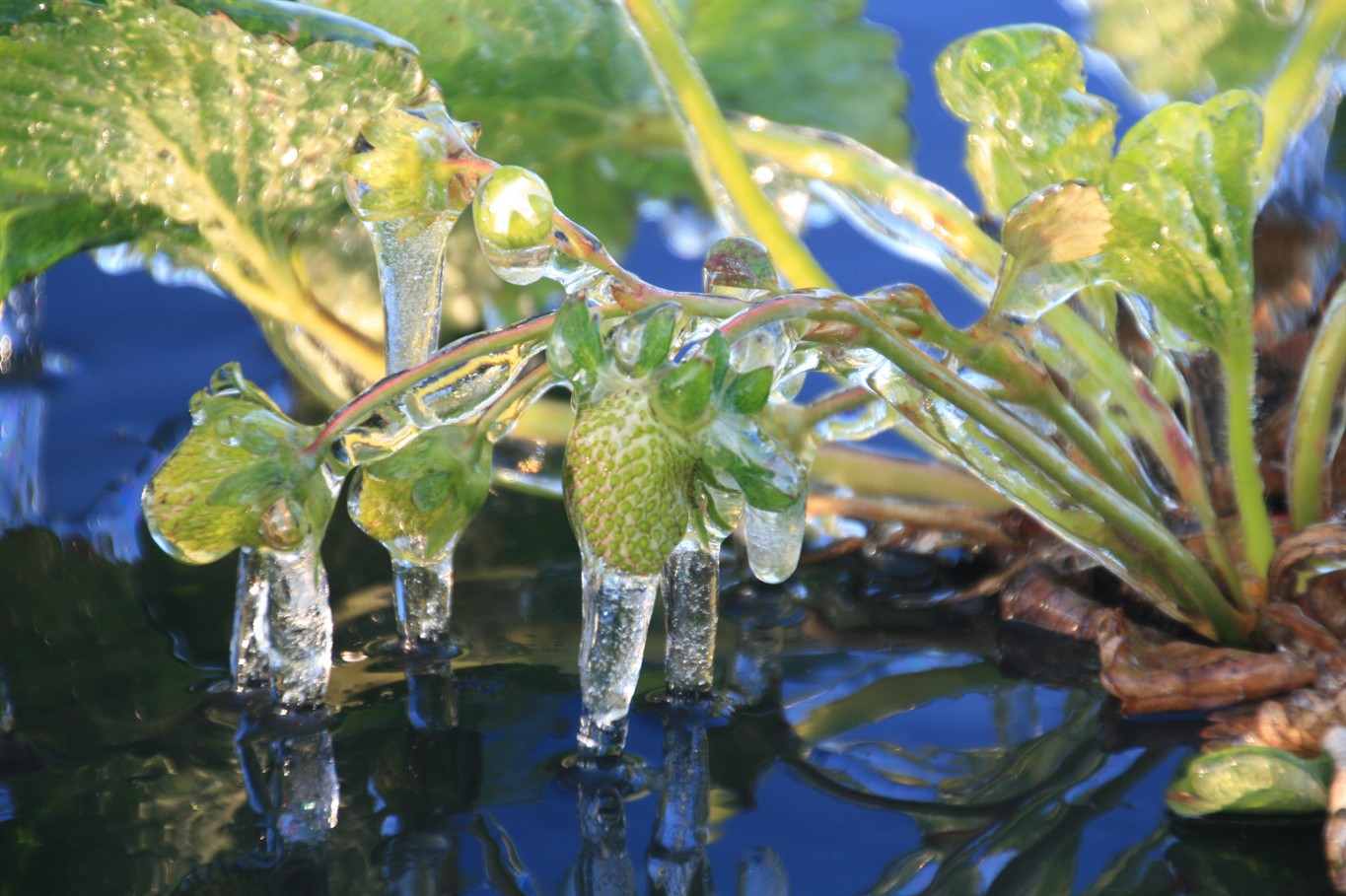USA - Harvest season confirming extent of freeze damage to peach crop
03.08.2020 438 views
ScaleAgData Stakeholder Engagement Event
22.10.2024The ScaleAgData project is pleased to invite you to our second stakeholder event. Building on the discussions and connections formed during our first webinar, this event will focus on fostering collaboration among stakeholders, providing updates on our project’s progress, and outlining future opportunities for engagement.
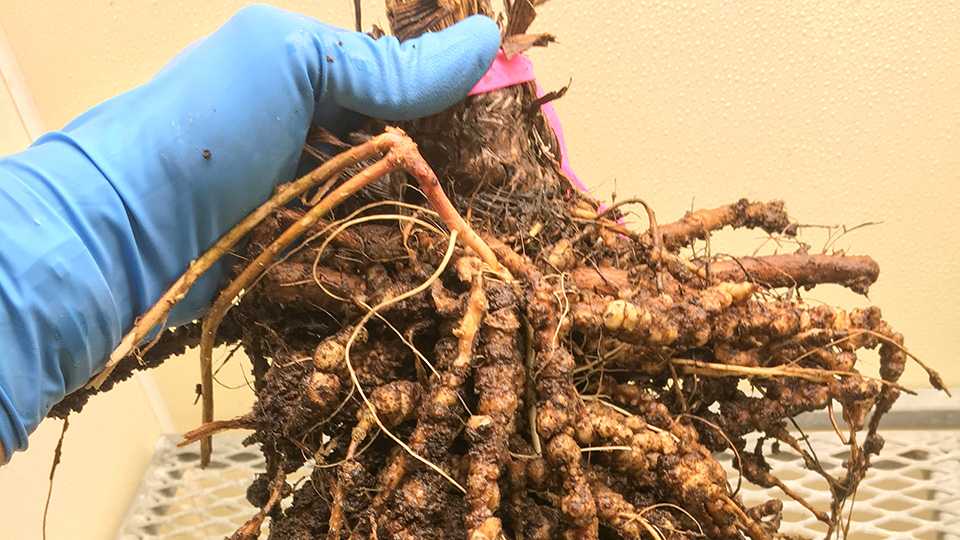
Fiji’s agriculture faces threat from root-knot nematodes
Fiji’s agriculture industry is confronting a new challenge with root-knot nematodes, pests that attack plant roots and reduce nutrient absorption.
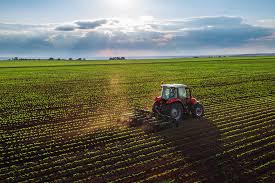
USA - USDA to expand crop insurance access for farmers and ranchers
U.S. Secretary of Agriculture Brooke L. Rollins recently announced major updates to federal crop insurance, reducing red tape for farmers, modernizing long-standing policies, and expanding access to critical risk protection beginning with the 2026 crop year.
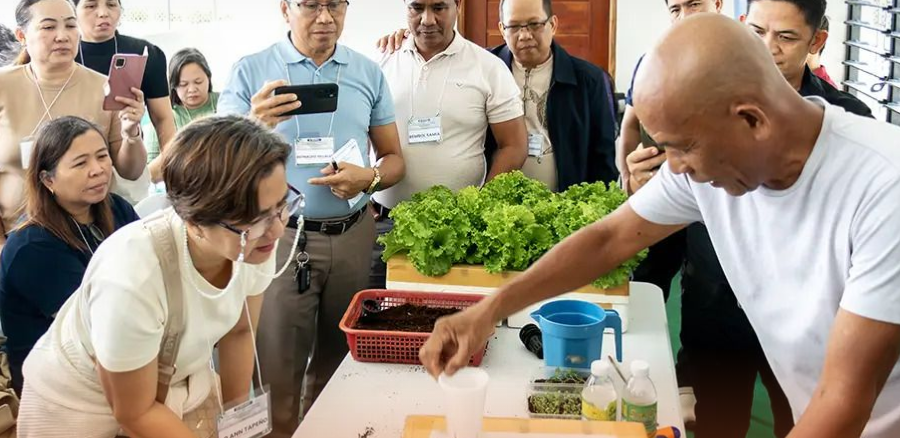
Philippines - Laguna educators taught on urban agriculture
In a province slowly being overtaken by industrialization and urbanization, the Southeast Asian Regional Center for Graduate Study and Research in Agriculture (SEARCA) still believes feeding the people should remain a top priority.
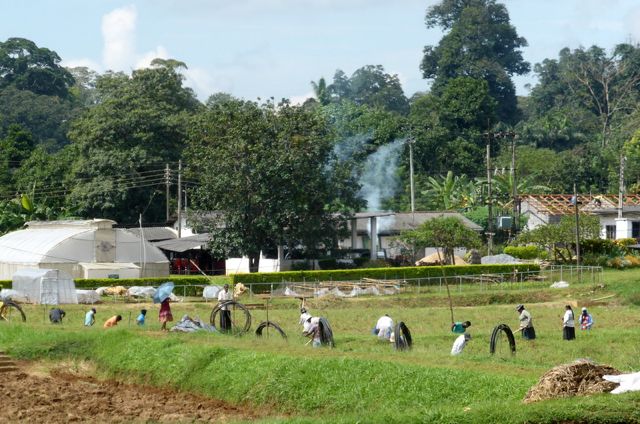
ADB Funds $3mn Pipe Distribution Networks to Boost Agriculture in Sri Lanka
The Asian Development Bank (ADB) has approved a USD 3 million grant to address water shortages in Sri Lanka’s North Western and Uva Provinces by constructing modern pipe distribution network (PDN) systems. The project will provide irrigation to 877 hectares of farmland, supporting 943 farming households and improving agricultural productivity.
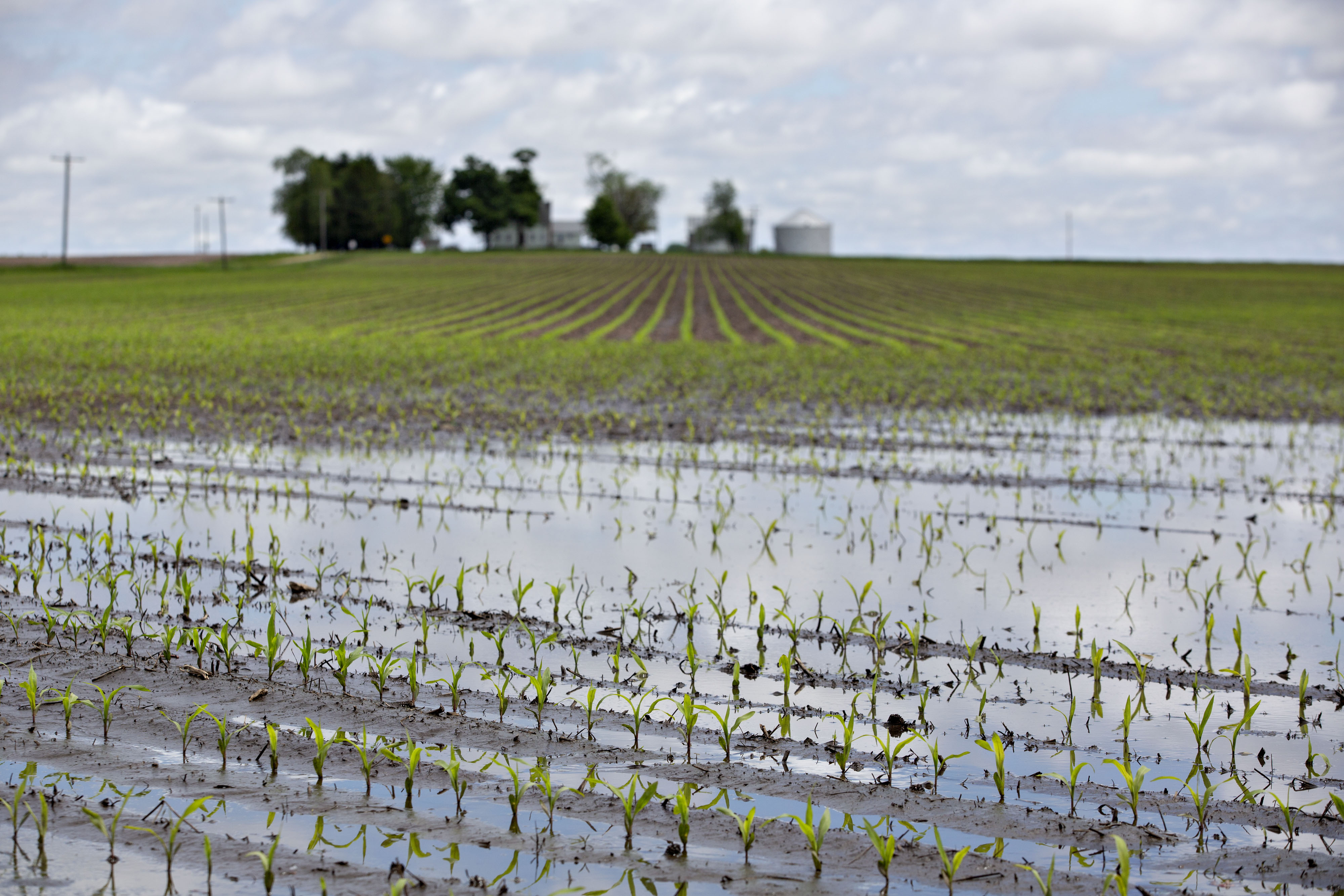
India - Patna Sees Widespread Crop Damage As NTPC Water Floods Fields; Farmers Seek Compensation
Water released from an NTPC plant in Patna, Bihar, has caused devastation, leading to significant losses for farmers. Approximately 150 bighas of farmland have been destroyed, and farmers are being forced to harvest their crops while sitting on cots (khat) in an attempt to save them.

Uganda - Museveni Praises Masaka’s Infrastructure, Urges Farmers to Embrace Modern Agriculture
President Museveni has commended the progress made in social and economic infrastructure development in Masaka City and the surrounding district, citing improved road networks, expanded rural electrification, and enhanced water supply systems.
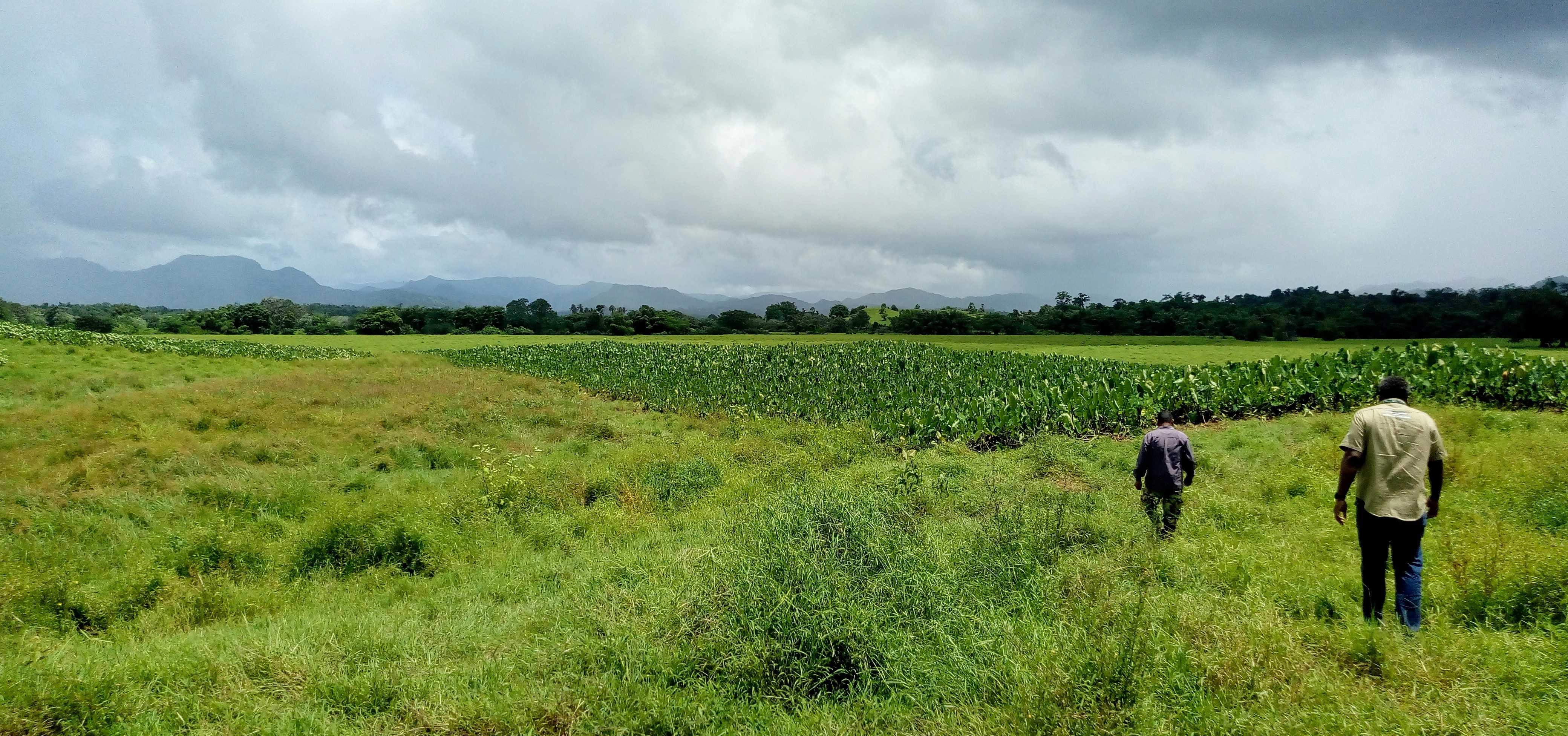
Fiji - Rabi Island calls for agricultural independence to unlock economic potential
Currently under the jurisdiction of Taveuni, the island administrator argues that Rabi’s potential is being stifled by a lack of localized resources.
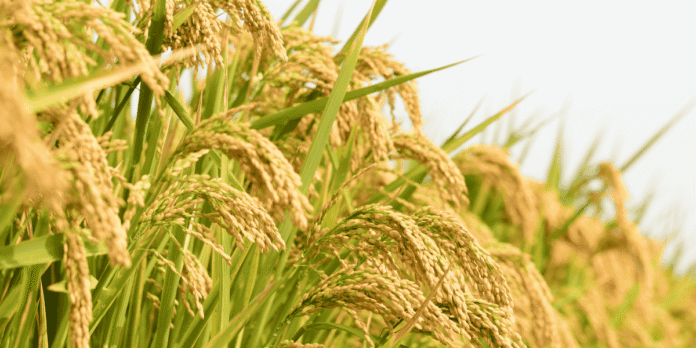
India - Farmers in Andaman & Nicobar to Get Free Crop Insurance Under PMFBY for Rabi 2025–26
The Pradhan Mantri Fasal Bima Yojana (PMFBY), the Government of India’s flagship crop insurance scheme, has been notified for implementation across the Andaman & Nicobar Islands for the Rabi 2025–26 season, offering comprehensive insurance coverage to farmers against crop losses caused by natural calamities and unforeseen events.


